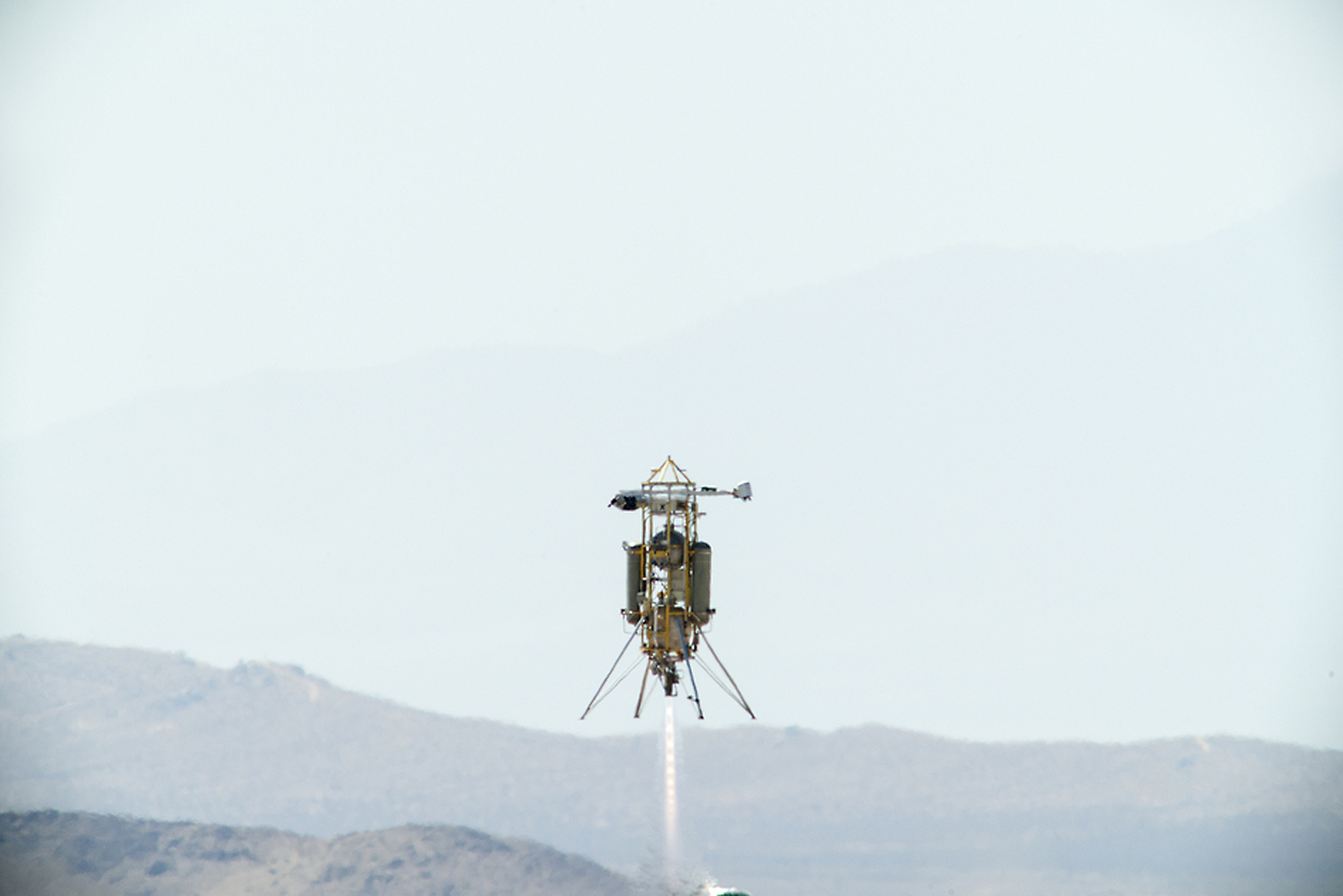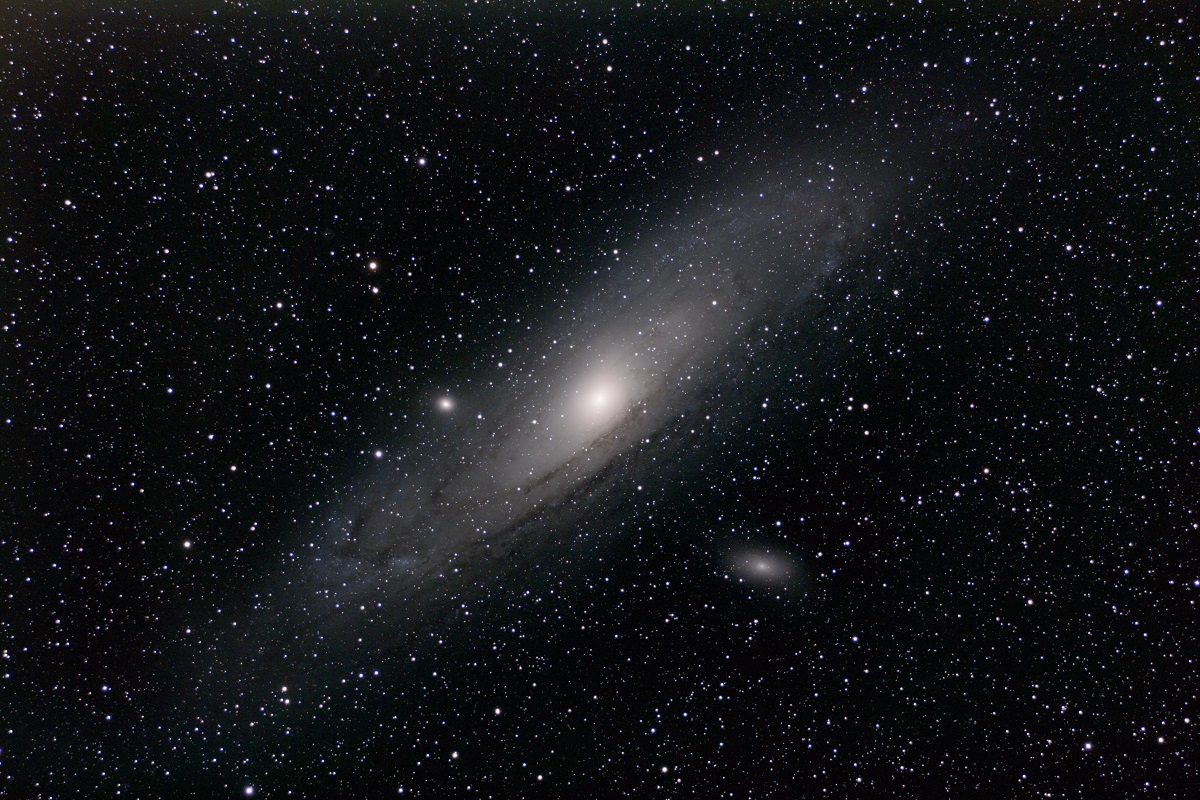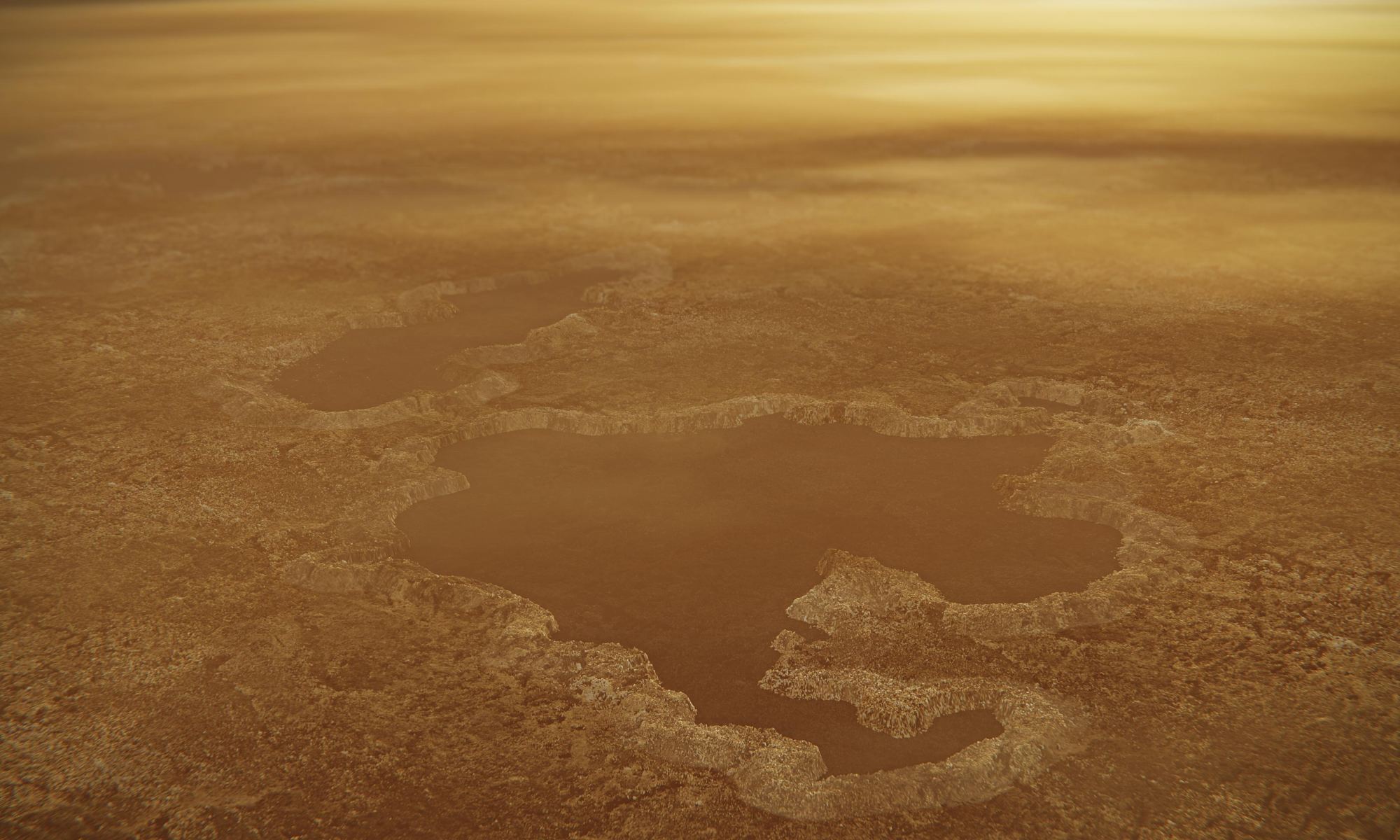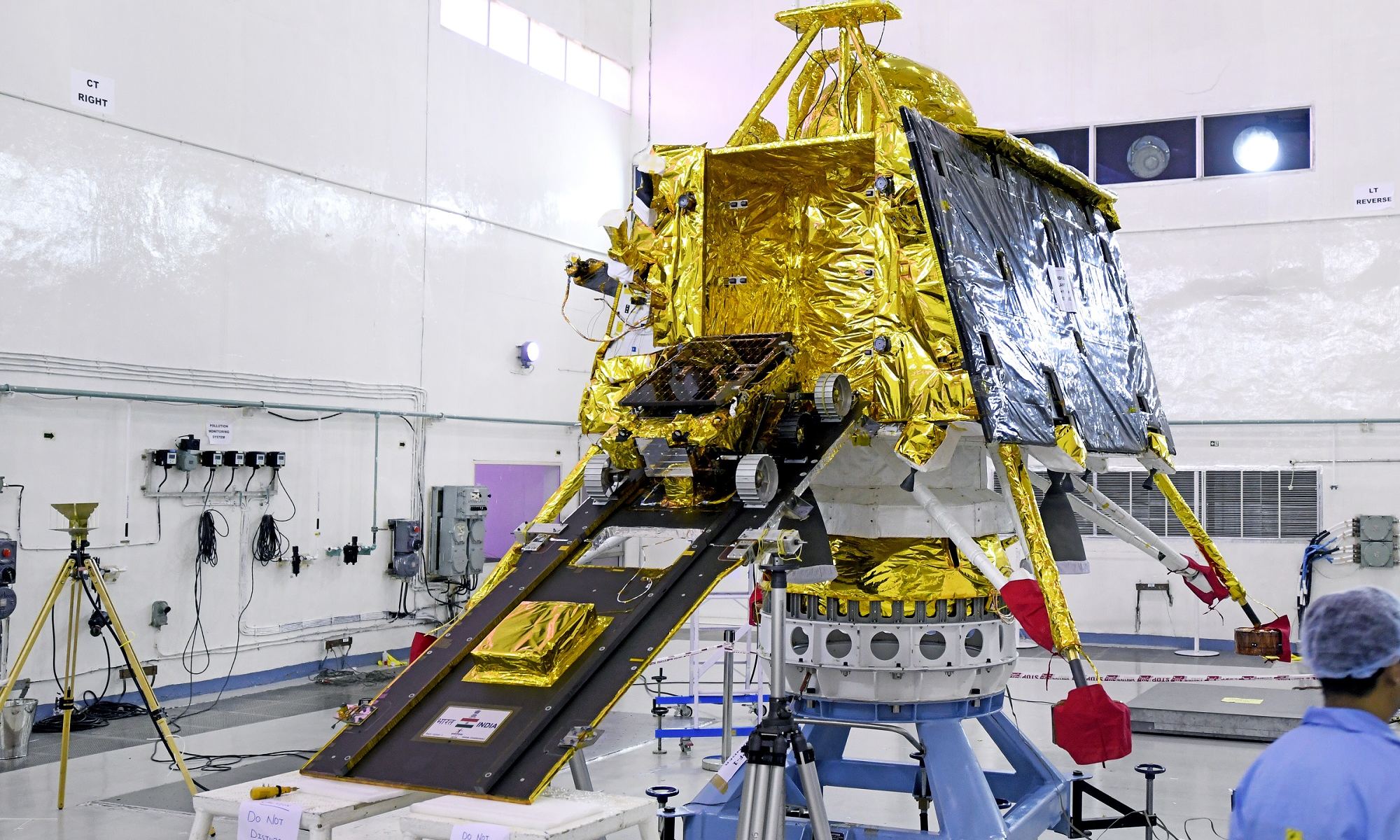On Sunday (Sept. 8th), the Indian Space Research Organization (ISRO) announced that they had located Vikram, the lander element of their Chandrayaan-2 mission. The search began almost immediately after the space agency lost contact with the robotic spacecraft, which occurred moments before it set down on the lunar surface (on Friday, Sept. 6th).
Continue reading “India has Located the Vikram Lander, But it’s Still not Communicating With Home”Water Discovered in the Atmosphere of an Exoplanet in the Habitable zone. It Might Be Rain

Astronomers using the Hubble space telescope have discovered water in the atmosphere of an exoplanet in its star’s habitable zone. If confirmed, it will be the first time we’ve detected water—a critical ingredient for life as we know it—on an exoplanet. The water was detected as vapour in the atmosphere, but the temperature of the planet means it could sustain liquid water on its surface, if it’s rocky.
Continue reading “Water Discovered in the Atmosphere of an Exoplanet in the Habitable zone. It Might Be Rain”Astronauts Try Mixing Concrete in Space
What sounds like a slap-stick comedy shtick is actually solid science. With so much of humanity’s space-faring future involving habitats, other structures, and a permanent presence on the Moon and Mars, mixing concrete in space is serious business. NASA has a program of study called MICS, (Microgravity Investigation of Cement Solidification) which is examining how we might build habitats or other structures in microgravity.
Continue reading “Astronauts Try Mixing Concrete in Space”Entrepreneurs and Engineers Come Together to Design a Peaceful Lunar Settlement

With all the plans for sending robotic missions to the Moon in the coming years, and NASA’s plan to send the first astronauts of the post-Apollo Era there, one thing is clear: We are going back to the Moon! But unlike the Apollo Era, we intend to do more than mount “footprints and flags” missions this time. This time, we intend to create the infrastructure that would allow for a long-term, sustainable human presence on the Moon.
This is the vision behind the Open Lunar Foundation, a San Fransisco-based nonprofit organization made up of tech industry executives and engineers (some of whom worked for NASA) that is dedicated to the creation of an international lunar settlement. Intrinsic to this vision is the reliance on private enterprise and the development of open-source technology that would humanity to establish a permanent presence on the Moon.
Continue reading “Entrepreneurs and Engineers Come Together to Design a Peaceful Lunar Settlement”China’s FAST Telescope, the World’s Largest Single Radio Dish Telescope, is Now Fully Operational

After years of construction, China’s new radio telescope is in action. The telescope, called FAST (Five-hundred-meter Aperture Spherical Radio Telescope) has double the collecting power of the Arecibo Observatory in Puerto Rico, which has a 305 meter dish. Until now, Arecibo was the world’s largest radio dish of its type.
Continue reading “China’s FAST Telescope, the World’s Largest Single Radio Dish Telescope, is Now Fully Operational”NASA Tests Autonomous Lunar Landing Technology

In anticipation of many Moon landings to come, NASA is testing an autonomous lunar landing system in the Mojave Desert in California. The system is called a “terrain relative navigation system.” It’s being tested on a launch and landing of a Zodiac rocket, built by Masten Space Systems. The test will happen on Wednesday, September 11th.
Continue reading “NASA Tests Autonomous Lunar Landing Technology”Time and Space: The Strange Reality of Reality


“Are the dilation calculations correct” the jump coordinator asks you as he approaches your desk. You look over some papers in front of you that contain various equations scribbled down with certain values circled. The equations are more for your own sense of security, as the computer console in front of you displays the same values you’ve circled. You look back up at the jump coordinator and reply,
“The numbers are solid and the contraction values are set for the trip. Helios II has a copy on board for their astrophysics department to review. Their cryo-engineers have already begun checking the nap-tubes to make sure they have the appropriate wake time in their reference frame.” The jump coordinator nods and walks over to the launch director of Lunar Launch Base Bravo (LLB Bravo). He leans over to relay this information to her and she nods while tapping the screen of her console.
Continue reading “Time and Space: The Strange Reality of Reality”
Whoa. Lakes on Titan Might be the Craters from Massive Underground Explosions

The Cassini spacecraft ended its mission to Saturn and its moons two years ago when it was sent plunging into Saturn to be destroyed. But after two years, scientists are still studying the data from the Cassini mission. A new paper based on Cassini data proposes a new explanation for how some lakes on Titan may have formed.
Continue reading “Whoa. Lakes on Titan Might be the Craters from Massive Underground Explosions”This is Why Saturn’s Rotation is So Hard to Measure

For a rocky planet, finding the length of a day can be simple. Just pick a reference point and watch how long it takes to rotate out of view, then back into view. But for planets like Saturn, it’s not so simple. There are no surface features to track.
Continue reading “This is Why Saturn’s Rotation is So Hard to Measure”Gravitational Wave Detectors Might be Able to Detect Dark Matter Particles Colliding With Their Mirrors
The field of astronomy has been revolutionized thanks to the first-ever detection of gravitational waves (GWs). Since the initial detection was made in February of 2016 by scientists at the Laser Interferometer Gravitational-wave Observatory (LIGO), multiple events have been detected. These have provided insight into a phenomenon that was predicted over a century ago by Albert Einstein.
As it turns out, the infrastructure that is used to detect GWs could also help crack another astronomical mystery: Dark Matter! According to a new study by a team of Japanese researchers, laser interferometers could be used to look for Weakly-Interacting Massive Particles (WIMPs), a major candidate particle in the hunt for Dark Matter.
Continue reading “Gravitational Wave Detectors Might be Able to Detect Dark Matter Particles Colliding With Their Mirrors”


